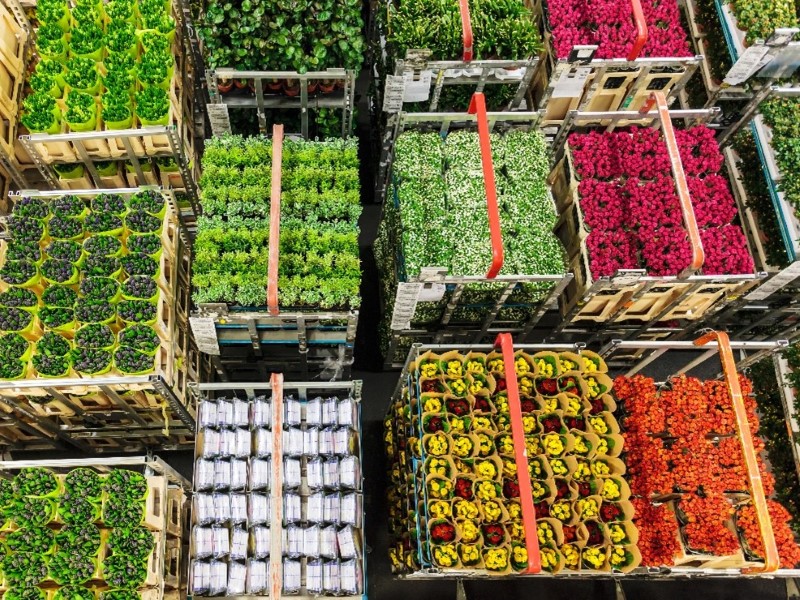In the realm of economics, the classification of goods into various categories is a fundamental concept. One such classification is the distinction between durable and non-durable goods. The question that often arises in this context is: Is clothing considered a durable good? The answer to this question is not as straightforward as it might seem, and it requires a nuanced understanding of the definitions and characteristics of durable goods.
Durable goods, by definition, are products that do not wear out quickly and have a lifespan of more than three years. They are typically more expensive and purchased less frequently than non-durable goods. Examples include cars, furniture, and appliances. Non-durable goods, on the other hand, are consumed over a short period and need to be purchased more frequently. These include food, toiletries, and other consumables.
At first glance, clothing might seem to fit the definition of a durable good. After all, a well-made piece of clothing can last for several years, if not decades. However, the classification of clothing as a durable good is a subject of debate among economists and industry experts.
One of the key factors that complicate this classification is the fashion cycle. Unlike other durable goods such as cars or appliances, clothing is subject to seasonal trends and changing styles. This means that even if a garment is physically durable, it may become obsolete in a fashion sense long before it wears out. This obsolescence can drive more frequent purchases, aligning clothing more closely with non-durable goods.
Another factor to consider is the quality and intended use of the clothing. High-end, well-made clothing might be considered a durable good, as it is designed to last for many years. However, fast fashion items, which are often lower in quality and intended to be worn for only a season or two, align more closely with the definition of non-durable goods.
In conclusion, while clothing can physically last for more than three years, making it seem like a durable good, its susceptibility to fashion trends and varying quality levels complicate this classification. Therefore, it might be more accurate to say that clothing straddles the line between durable and non-durable goods, with its classification depending on factors such as quality, price, and the consumer's shopping habits.
